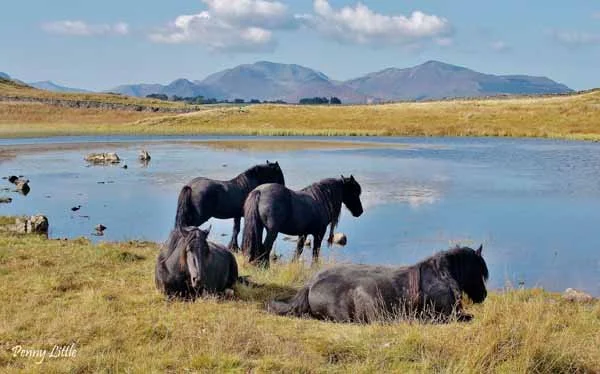
Tack Through Time:
A Comprehensive Guide to the Spanish Saddle and Its Variants
The Spanish saddle is more than a riding tool — it’s the physical embodiment of centuries of equestrian tradition, cultural identity, and practical refinement.
From Moorish cavalry to modern dressage arenas, the Spanish saddle has evolved to meet the demands of war, ranching, pilgrimage, and pageantry. This guide explores its history, main saddle types, and lasting global influence.
Historical Context: Where It All Began
The earliest Spanish saddles emerged during the medieval period, heavily influenced by both Moorish and Christian riding traditions. Spain's rugged terrain and long history of horseback warfare necessitated a deep, supportive seat, high pommel and cantle, and long stirrups for security.
By the 15th century, as Spain expanded into the Americas, its saddle designs spread with it. These original Spanish saddles formed the basis for the charro saddle in Mexico and heavily influenced the Western saddle in the United States.
Despite this global diffusion, Spain retained and refined its original designs. In Andalusia especially, the saddle became closely tied to local riding disciplines, livestock work, and religious and cultural festivals.
| Saddle Type | Use | Key Features |
|---|---|---|
| Silla Vaquera | Working saddle for cattle/herding | Deep seat, high cantle & pommel, long stirrups, flaps to protect legs, sheepskin padding |
| Silla Española de Alta Escuela | Classical Spanish dressage | More refined seat, closer contact, used for piaffe, passage, levade; often used at Royal School |
| Montura de Paseo | Parade and leisure riding | Decorative, may feature elaborate tooling, embroidery, silver accents; used in fairs and processions |
| Silla de Amazona (Side Saddle) | Female riders in traditional festivals or ceremony | Asymmetrical seat, supports modesty and formal wear |
Main Types of Spanish Saddles
13th - 15th century; Historically Accurate rendering of a medieval Spanish war Saddle, used by the Castilian and Moorish riders during the Recopouista
Montura de Paseo
Silla Vaquera
Silla Espanola de Alta Escuela
Silla Amazona (side saddle)
Core Characteristics of Traditional Spanish Saddles
Deep Seat: Provides balance and stability for collected movements or long rides.
High Pommel and Cantle: Cradles the rider securely — ideal for work and classical dressage.
Long Stirrup Leathers: Encourages a grounded, elongated leg position.
Flat or Lightly Padded Panels: Promotes close contact between horse and rider.
Sheepskin (Borrego) Padding: Common on working saddles for added comfort.
Andalusian horse in Spanish saddle
A Global Legacy
As Spanish colonization spread, so did the saddle. In Mexico, the design inspired the charro saddle, with its high horn and detailed tooling. In the United States, these concepts evolved further into the Western saddle, the foundation of cowboy culture.Despite its international reach, the original Spanish saddle remains largely unchanged in Andalusia — a testament to its timeless functionality and deep cultural roots.










